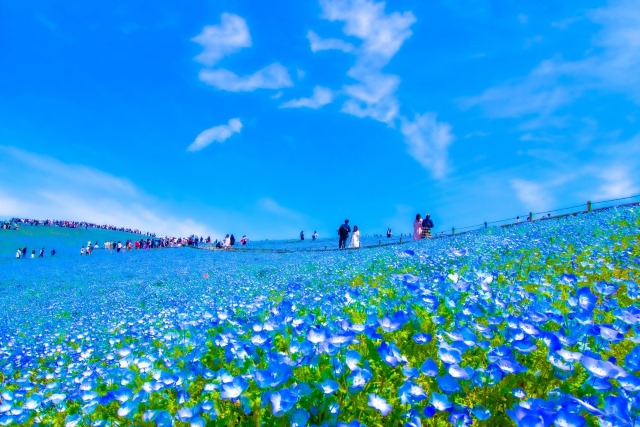Introducing Instagram-Worthy Photos of Ibaraki Prefecture
Ibaraki Prefecture boasts breathtaking views of nemophila against the blue sky, shrines with historical romance, and landscapes woven by majestic nature. In the northern part of Ibaraki, you can enjoy seasonal flowers at “Hitachi Seaside Park,” where the vast spread of nemophila like a blue carpet is truly breathtaking. At “Kairakuen,” one of Japan’s three great gardens located in Mito City, you can take atmospheric photos enveloped in the fragrance of plum blossoms. Additionally, the roaring sound and dynamic appearance of “Fukuroda Falls” allow you to feel the power of nature.
In the southern part of Ibaraki, you can experience the solemn atmosphere at “Kashima Shrine,” which exudes a mystical power. The view from the summit of “Mount Tsukuba,” offering a panoramic view of the Kanto Plain, promises moments of awe. “Lake Kasumigaura,” with its beautiful sunsets spreading across the water’s surface, and the impressive “Ushiku Daibutsu” are among the stunning sights that await you here.
Hitachi Seaside Park
Hitachi Seaside Park is a national park located along the Pacific coast in Hitachinaka City, Ibaraki Prefecture, where you can enjoy vibrant flowers throughout the year. This park was developed on the vast land previously used as Mito Airfield by the former Japanese Army and a bombing range by the US Army, and it opened as a national park in 1991. In spring, you can see nemophila, daffodils, and tulips; in early summer, poppies and roses; in summer, zinnias and sunflowers; in autumn, kochia and cosmos; and in winter, ice tulips. The hill of nemophila is a must-see, with its breathtaking view of blue flowers blending with the sky. You can fully enjoy the park by moving around on electric-assisted bicycles. The red kochia and full-bloom cosmos are at their best, so it is recommended to visit with comfortable walking shoes. Since the park is very large, using the train is convenient.
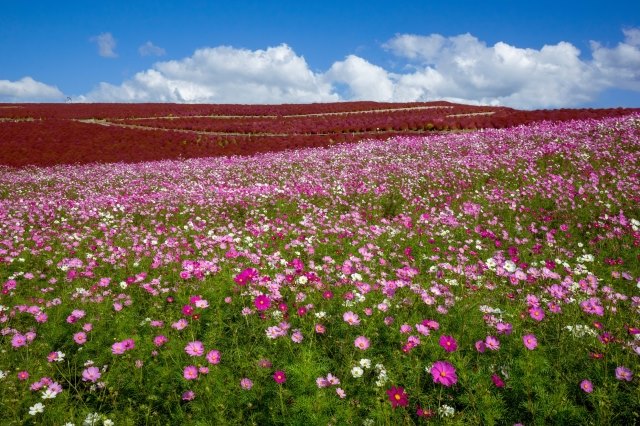
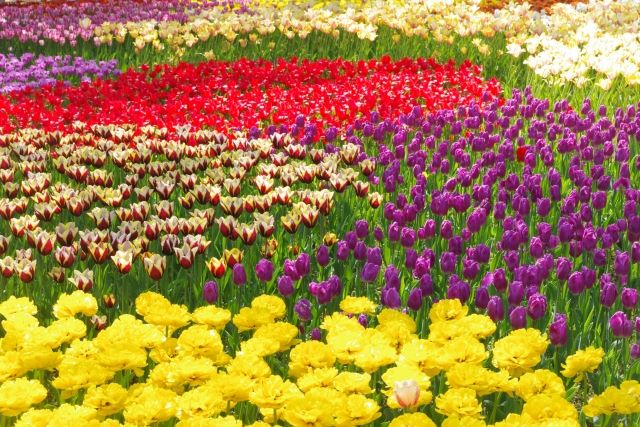
Hitachi Seaside Park is also attractive for its various attractions. There is a theme park called “Pleasure Garden,” featuring a giant Ferris wheel with views from 100 meters above sea level, a forest athletic area, and a barbecue area where you can enjoy meals, sports, and picnics. From the beauty of nature to thrilling attractions, Hitachi Seaside Park offers unique and unforgettable experiences for visitors of all ages. The park is divided into seven areas, each with attractions. With cycling courses and the shuttle bus “Seaside Train,” you can freely move around the vast park. Hitachi Seaside Park is recommended for people of all ages who enjoy flowers and scenery, like cycling and walking, or are looking for a place where children can play. Bringing your food and drinks allows you to enjoy a cost-effective day.
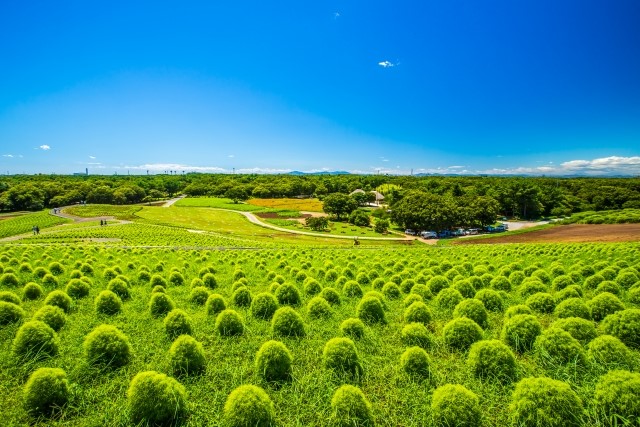
Instagram Worthiness:★★★★★
Photography Opportunity: Spring, Summer, Autumn
Location Information: ▶Map, Hours, Routes
Transportation Information:20 minutes by bus from Katsuta Station
Kairakuen
Kairakuen (Mito City) is counted among Japan’s three great gardens, along with Korakuen (Okayama City) and Kenrokuen (Kanazawa City). Kairakuen is also known as a famous plum blossom spot, with over 100 varieties and 3,000 plum trees planted in the main garden alone. It attracts many tourists in spring. Kairakuen was created by Nariaki Tokugawa, the ninth lord of the Mito domain during the Edo period. It is said that Nariaki wanted to create a place that could be enjoyed together with the people of his domain, and this sentiment is reflected in the name “Kairakuen.” Additionally, Kairakuen, together with Kodokan, which was a place of learning for both literature and military arts, was positioned as a pair of educational facilities. These facilities complemented each other and were used as places to refresh both the body and mind.
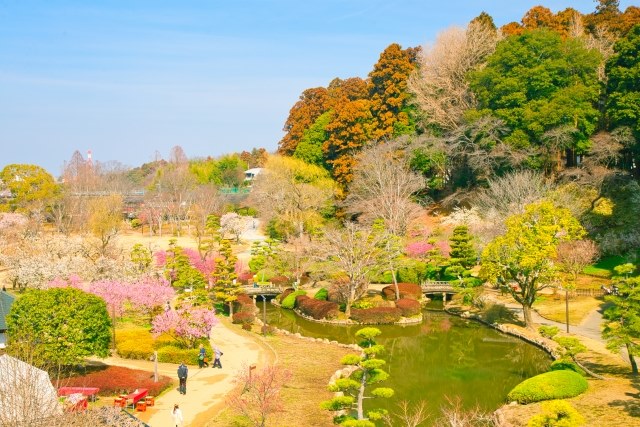
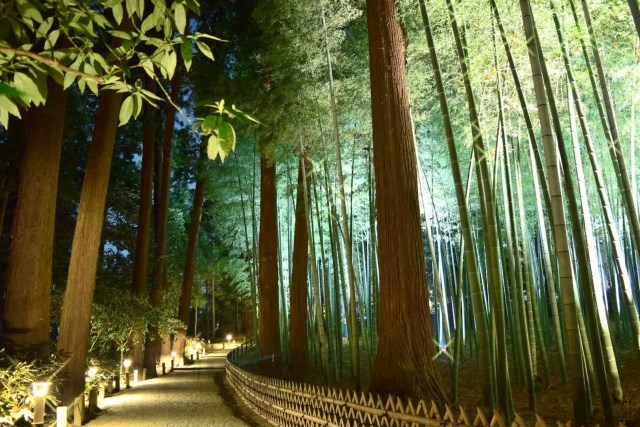
Instagram Worthiness:★★★★★
Photography Opportunity: Late February to early March
Location Information: ▶Map, Hours, Routes
Transportation Information: 20 minutes by bus from Mito Station
Kodokan
Kodokan was an educational facility for the samurai and their children in the Mito domain. Founded by Lord Tokugawa Nariaki, the extensive grounds of 10.5 hectares housed various learning and training facilities, teaching not only academics but also martial arts and medicine. Admission was from age 15 to 40, and there was no graduation system, making it essentially a place for lifelong learning. Many plum trees were planted on its grounds, making it a famous spot for plum blossoms.
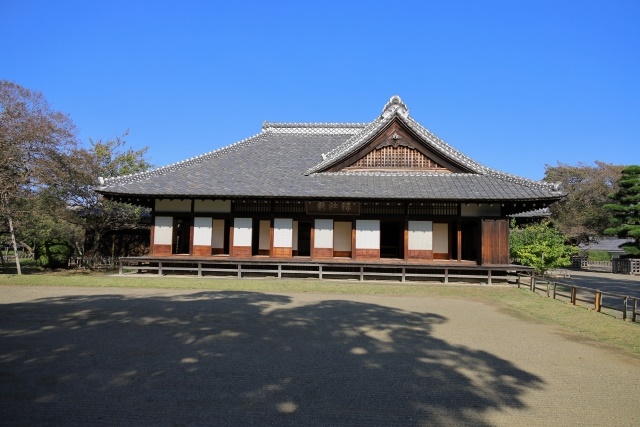
Instagram Worthiness:★★★★★
Photography Opportunity: All seasons
Location Information: ▶Map, Hours, Routes
Transportation Information: 7-minute walk from Mito Station
Fukuroda Falls
Fukuroda Falls, with a height of 120 meters and a width of 73 meters, is counted among Japan’s three great waterfalls. The falls are also known as “Yodo no Taki” (Four-step Falls) because the water cascades down a large rock wall in four stages. According to legend, the name originated from a famous monk, Saigyo Hoshi, who once said that you must visit the falls in each of the four seasons to appreciate their true beauty. Fukuroda Falls offers different stunning landscapes in each season, with autumn leaves in fall and the waterfall frozen in white beauty in winter.
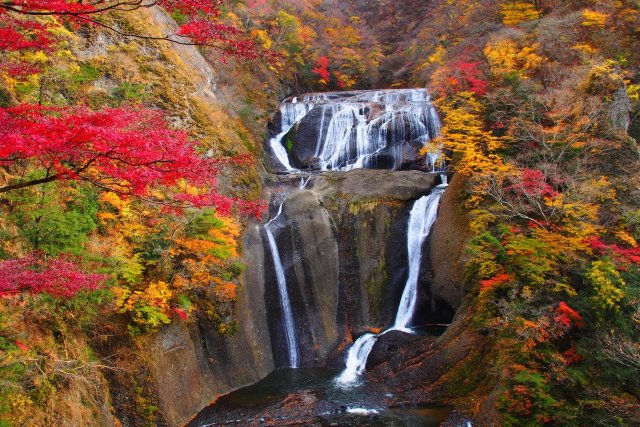
Instagram Worthiness:★★★★★
Photography Opportunity: All seasons
Location Information: ▶Map, Hours, Routes
Transportation Information: 10 minutes by bus from Fukuroda Station
Oarai
Oarai is a popular tourist destination visited by about 4.4 million people annually. It features attractions and commercial facilities like Aqua World, Oarai Isosaki Shrine, and Oarai Seaside Station. Oarai Sun Beach, the largest beach in North Kanto, is bustling with visitors in summer. Additionally, it is known as the setting for the anime “Girls & Panzer,” attracting fans for pilgrimage tours.
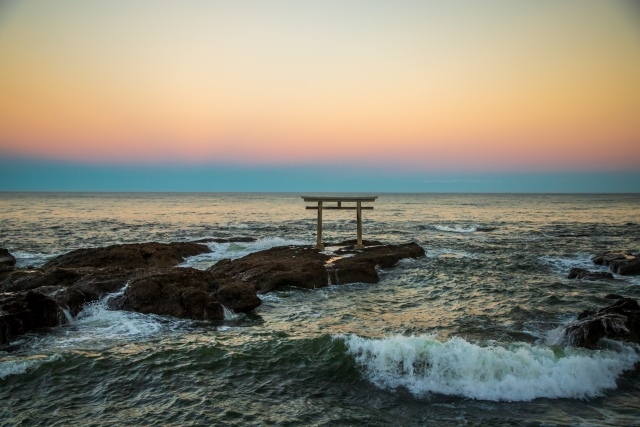
Instagram Worthiness:★★★★★
Photography Opportunity: All seasons
Location Information: ▶Map, Hours, Routes
Transportation Information: 30 minutes by bus from Mito Station
Lake Senba
Lake Senba, located about 3 km southeast of Kairakuen, features a cherry tree-lined walking path around the lake. It is a place where visitors can enjoy walking or jogging, with boats and bicycles available for rental. The west side of the lake has a statue of Tokugawa Mitsukuni, known as Mito Komon, and visitors can relax and enjoy drinks or meals at Kobun Teahouse or Kobun Cafe.
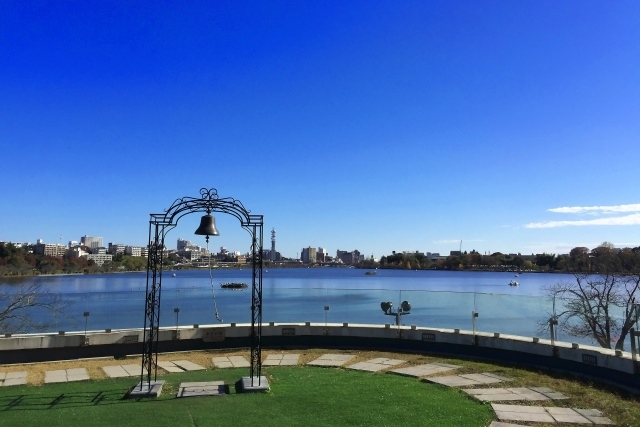
Instagram Worthiness:★★★★★
Photography Opportunity: All seasons
Location Information: ▶Map, Hours, Routes
Transportation Information: 15-minute walk from Mito Station
Kashima Shrine
Kashima Shrine, said to have been founded in 660 BC, is one of Japan’s representative shrines along with Ise Jingu and Katori Jingu. It is revered as a god of national foundation and martial arts. Together with Ikisu Shrine and Katori Shrine, it has been worshipped by many historical figures such as the imperial family, Minamoto no Yoritomo of the Kamakura shogunate, Tokugawa Ieyasu of the Edo shogunate, and Tokugawa Mitsukuni of the Mito domain. It is believed to give strength at life’s turning points and bring victory.
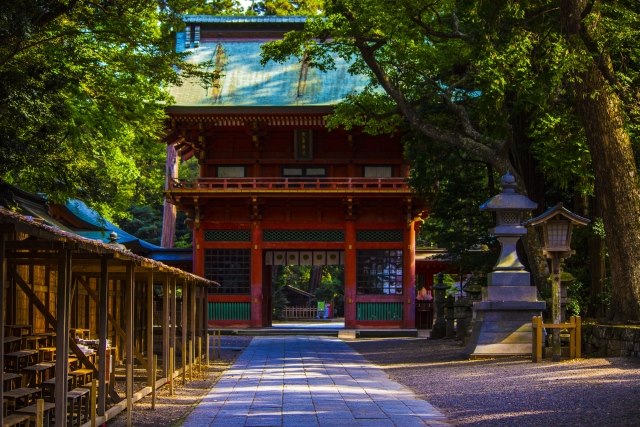
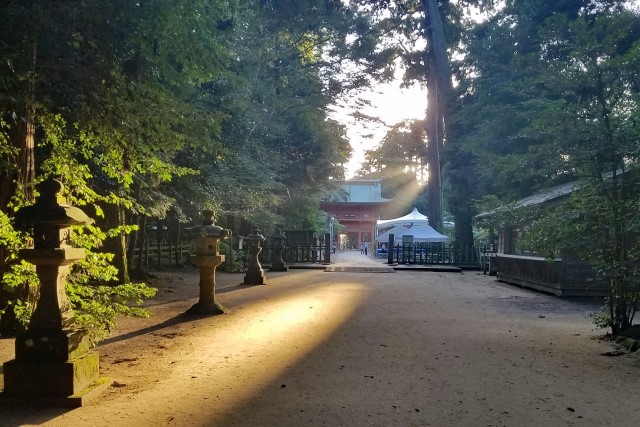
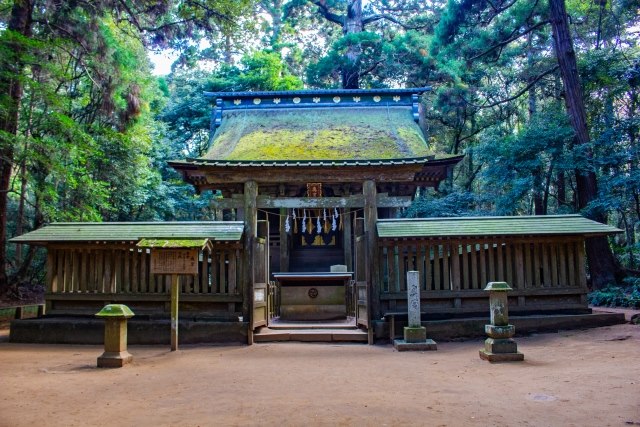
Instagram Worthiness:★★★★★
Photography Opportunity: All seasons
Location Information: ▶Map, Hours, Routes
Transportation Information: 10-minute walk from Kashima Jingu Station
Lake Kasumigaura
Lake Kasumigaura in Ibaraki Prefecture is the second largest lake in Japan after Lake Biwa in Shiga Prefecture. On weekends and holidays from late July to mid-October, you can see traditional sailboats up close that use the wind to pull fishing nets. Kasumigaura is also known as a fishing spot, home to smelt, carp, goby, and non-native species like bluegill and black bass. Additionally, it is a habitat for over 150 species of birds and aquatic plants, attracting many migratory birds in winter.
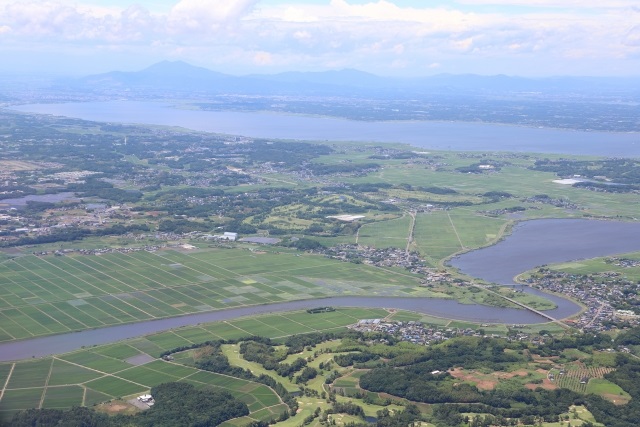
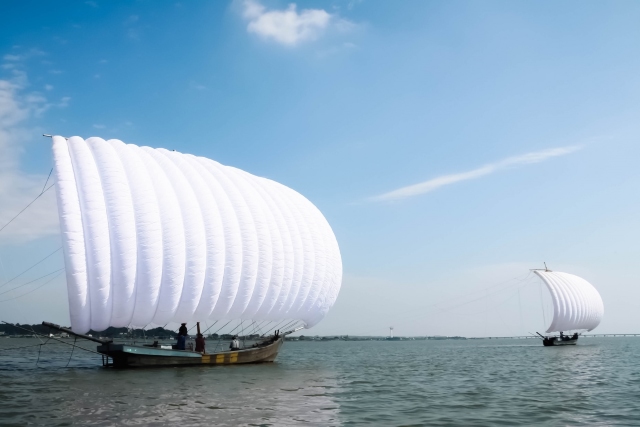
Instagram Worthiness:★★★★★
Photography Opportunity: All seasons
Location Information: ▶Map, Hours, Routes
Transportation Information: 8-minute walk from Tsuchiura Station
Mount Tsukuba
Mount Tsukuba, with its two peaks, Nantai (871m) and Nyotai (877m), has a distinctive shape and is also known as “Shihou” for changing the color of its slopes in the morning and evening. It has been revered by many people since ancient times and is known as “Mount Fuji in the west, Mount Tsukuba in the east.” The cable car and ropeway make it easy to climb, making it a popular spot for viewing the first sunrise of the year.
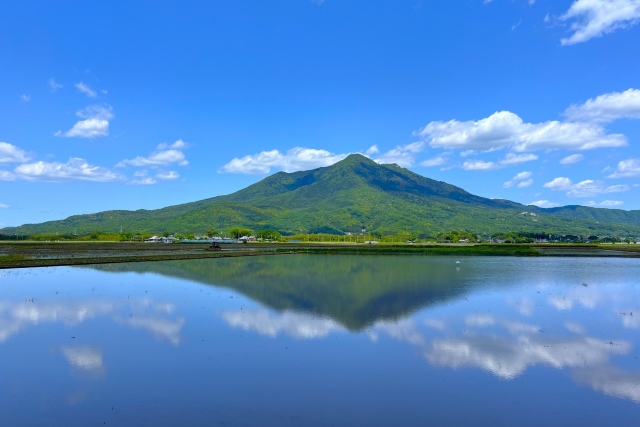
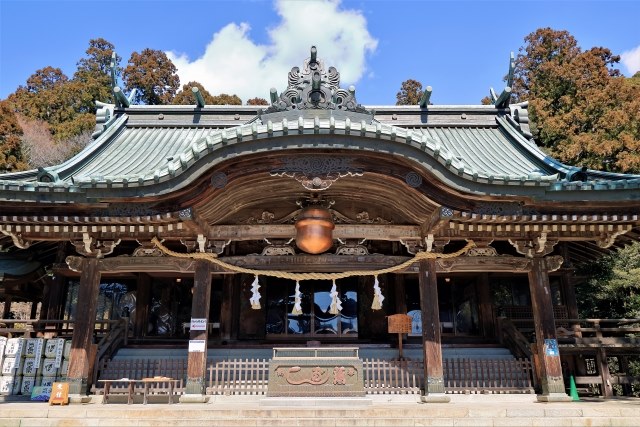
Instagram Worthiness:★★★★★
Photography Opportunity: All seasons
Location Information: ▶Map, Hours, Routes
Transportation Information: 40 minutes by bus from Tsukuba Station
KASAMA STONE QUARRY
Kasama City is known as a temple town for Kasama Inari Shrine, one of Japan’s three great Inari shrines. From the Kamakura period to the Edo period, the Kasama clan built a castle town here, and many historical sites, festivals, and traditional performing arts remain. Recently, it has been known as a “town of ceramics,” with many potters living here, and it has art facilities such as the Ibaraki Ceramic Art Museum and the Kasama Nichido Museum of Art. Additionally, the “Inada Granite” quarry, which started in 1889, is called the “Stone Quarry Mountains,” and the now-closed quarry filled with water creates a beautiful landscape. This area has become a popular tourist spot on social media and in media, and there is a cafe within the exhibition area where you can enjoy the spectacular view.
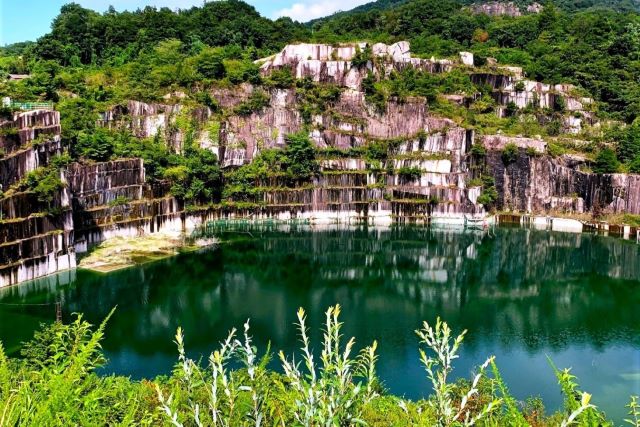
Instagram Worthiness:★★★★★
Photography Opportunity: All seasons
Location Information: ▶Map, Hours, Routes
Transportation Information: 20 minutes by foot from Inada Station
Tsuchiura Fireworks Festival
The Tsuchiura National Fireworks Competition, held in Tsuchiura City, Ibaraki Prefecture, since 1925, is one of Japan’s three major fireworks festivals, along with the Omagari Fireworks Festival in Daisen City, Akita Prefecture, and the Nagaoka Festival Grand Fireworks in Nagaoka City, Niigata Prefecture. The festival was started by the head priest of Shinryuji Temple to commemorate the deceased of the Kasumigaura Naval Air Corps, to revive the shopping district, and to thank and comfort the farmers for the autumn harvest. In the competition, pyrotechnicians from all over the country compete in three categories: starmine, 10-ball fireworks, and creative fireworks. The “Tsuchiura Fireworks Extravaganza,” a wide starmine that launches 2,000 fireworks in about 6 minutes, is an overwhelming performance that captivates spectators.
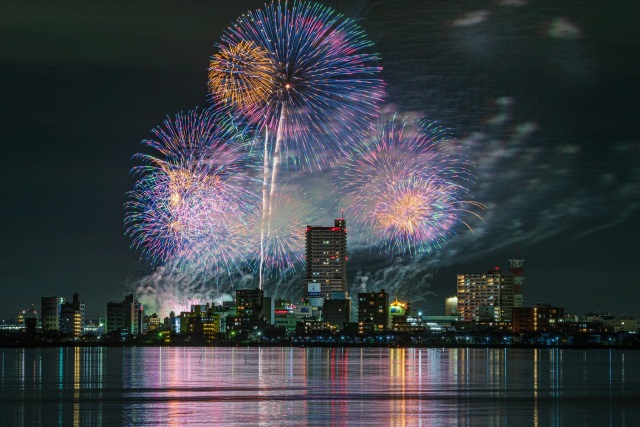
Instagram Worthiness:★★★★★
Photography Opportunity: Early November Saturdays
Location Information: ▶Map, Hours, Routes
Transportation Information: 10-minute walk from Tsuchiura Station
Ushiku Daibutsu
The Ushiku Daibutsu (official name: Ushiku Amida Buddha), recognized by the Guinness Book of Records as the world’s largest bronze statue, stands at 120 meters tall (100 meters for the statue and 20 meters for the pedestal), far surpassing the Great Buddha of Nara (14.98 meters). The interior of the statue is divided into five floors, each featuring a different mystical world. You can take an elevator up to 85 meters to enjoy a magnificent view from the observation windows.
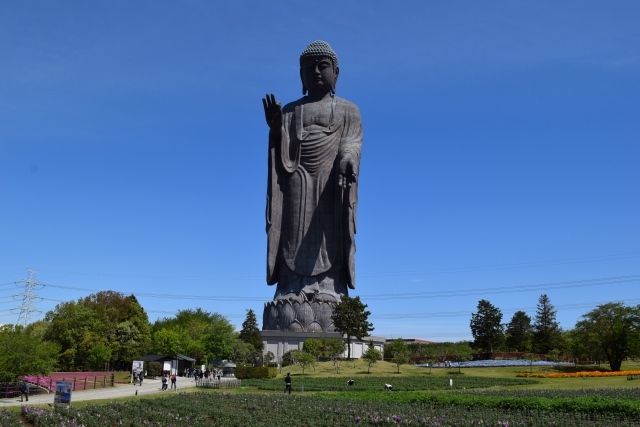
Instagram Worthiness:★★★★★
Photography Opportunity: All seasons
Location Information: ▶Map, Hours, Routes
Transportation Information: 30 minutes by bus from Ushiku Station
